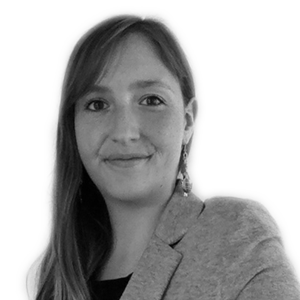In my last blog post, I talked about the benefits of telemonitoring in therapeutic education. Coincidentally, these benefits were recently confirmed by a formal medico-economic study.
the study’s methodology
Research led by HEC Montreal professor Guy Paré focused on the crucial role played by information technology in developing important new ways to provide healthcare.
The study examined 95 patients, each afflicted with a different health condition: heart failure (37%), hypertension (10%), diabetes (29%) and lung disease / chronic obstructive pulmonary disease (24%). Observation took place in three stages: before, during and after use of a telemonitoring system.
The study is especially interesting because it gauges the impact of remote patient monitoring on several different health conditions, even following removal of the telemonitoring device.
convincing medical and economic benefits
The results are encouraging on two levels.
First, from a medical perspective, telemonitoring reduces:
- the total number of emergency room visits: telemonitoring helped lower the number of emergency room visits by 25% for patients with chronic conditions, and eliminated a total of 75 visits by issuing early alerts to nursing staff
- the rate of hospitalization: telemonitoring reduced the frequency of hospitalization by 61%, and shortened the duration of hospital stays from 15.2 days prior to using the system to 6.9 days after using the system
Thus, thanks to telemonitoring, patients received care faster, before their conditions became too serious, enabling them to leave the hospital sooner. And the benefits lasted even after remote monitoring ended. This means patients improved their ability to monitor their own health, helping them “decompensate” for their conditions!
And lastly, telemonitoring was also shown to have an economic benefit: the program led to a savings of $1,368 CAD per patient per year, or a net savings of 36% compared to traditional homecare monitoring systems.
Sounds pretty promising, right?
Caroline
This post was originally published in French here.
image © lenets_tan - Fotolia.com

Spécialiste de la communication digitale, je donne vie à Orange Healthcare sur les réseaux sociaux jours après jours. Geekette dans l'âme, je reste à l'affut de toutes les nouvelles applications des technologies dans la santé mais aussi dans d'autres domaines.